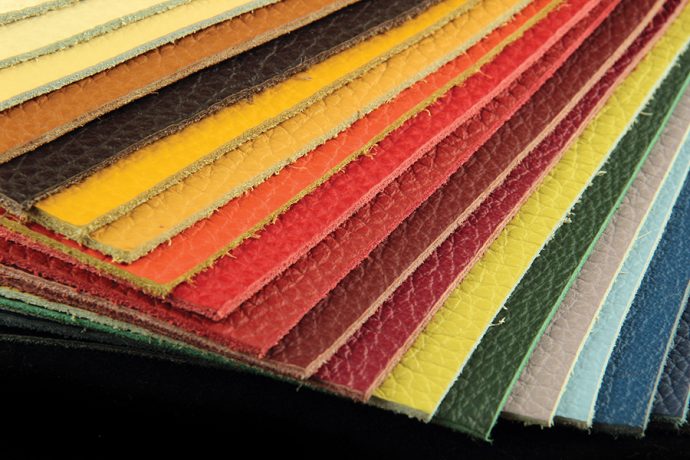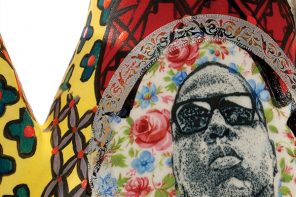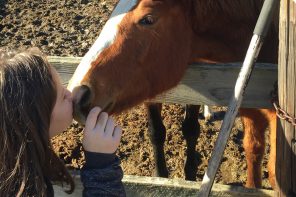I would kill for a burger right now.
That was my thought as I spoke to a cardiologist last year about his heart-healthy, vegan agenda. He was young and super earnest and made me watch a movie about how the meat industry is ruining the planet. Dubious, I decided to try to reserve judgment and give it a shot. After all, it’s trendy and hipster and maybe I could end up looking as good as Natalie Portman, one of many famous vegans. So I dug into my Portobello “steak” seasoned with nutritional yeast and sesame seeds and hoped for the best. I am impressed that I actually lasted two months when driven by weakness and despair, I drove to the nearest rib joint and threw it all away. I didn’t even lose much weight for all of that excruciating effort because, as it turns out, Oreos and potato chips are also vegan.
This experience got me thinking about what exactly vegan means when it comes to other products, like vegan leather and other vegan fabrics. What does that mean exactly? Veganism is a relatively new term referring to a lifestyle that avoids the consumption of food and clothing that use animals or contain animal products. It’s all in the interest of protecting animal rights, which, by extension, works to the greater good. This would include the use of any material that uses animal fibers or animal skin.
Vegan leather or faux leather is essentially a fake “leather” product. Bonding together a usually petroleum-based plastic coating (like PVC and polyurethane) to a fabric backing is the most common way to make faux leather, thus the term “pleather.” Believe it or not, although this product is friendly to animals, it is not so friendly to the environment, which seems counterintuitive to the ecology and ethics movements. Indeed, the types of plastic used in these coatings can vary from somewhat toxic to positively earth-scorching, which just proves that it is always wise to look beyond the hype.
Here are some truly earth-friendly, natural alternatives:
CORK LEATHER
Cork leather is made from the bark of the cork tree. Cork bark can be collected without the need to kill the tree, making it an easily recyclable and sustainable resource.
PINEAPPLE LEATHER
Pineapple leather, known as Pinatex, is made from the fibers of pineapple leaves and PLA (a bioplastic made from renewable sources such as sugar cane, cornstarch or tapioca roots). It makes use of a natural waste product and also gives farmers an additional source of income.
MUSHROOM LEATHER
Mushroom leather, known as MuSkin, is an avant-garde material from Italy made from mushrooms and is completely biodegradable.
TREE BARK LEATHER
Tree bark leather, known as Barkcloth, is similar to cork but made from sustainable timber. Its production is eco-friendly, as the bark is extracted from the trees and boiled. No chemicals are used in the process.
WAXED-COTTON LEATHER
Better known as Glazed Canvas, waxed-cotton is a very common eco-friendly material. I swear this looks just like patent leather.
FLEXIBLE STONE LEATHER
Flexible stone leather is made from a stone that can be cut so thin, it becomes flexible and sewable. What will they think of next?
So, should you use real leather or vegan? Well one vegan interior designer (yes, it’s a thing) whose mission it is to design a cruelty-free home, claims that you don’t have to give up plush luxury. As for whether you should amend your diet, I am siding with a comic I heard recently who thought the word vegan was short for “vegetables again.” It’s a work in progress.
For more, visit janemorganinteriordesign.com.




